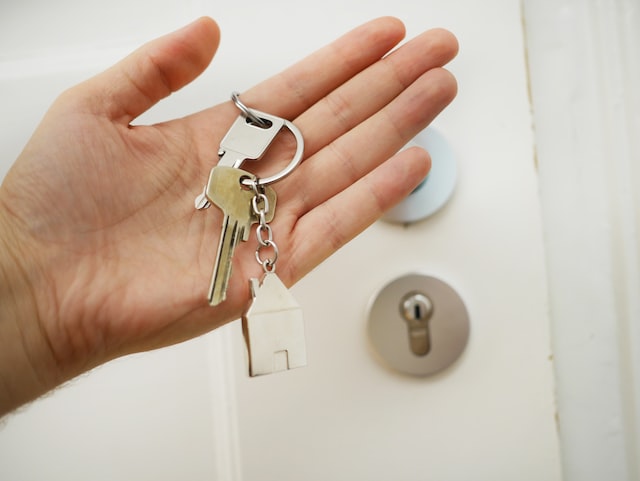Any successful business should aim to maximize return on investment.
As a landlord, your annual return comes from rent payments. As such, it’s crucial to charge a rent price that allows for the highest return on investment.
If your rent is too low, you’re not bringing in as much profit as your property is worth. If your rent is too high, however, you’ll be sitting on a vacant unit collecting no rent at all.
Here’s how to calculate the perfect rent rate for your rental properties:
Research Other Properties
The rate you should charge for rent is primarily determined by the other properties in your local housing market. As such, you need to get a feel for the average rent price for properties similar to yours. Here are some factors that affect a property’s rent rate:
- Type of property
- Number of bedrooms and bathrooms
- Square footage
- Location
- Amenities
- Utilities
- Other miscellaneous features
Compile a list of properties in your area on a spreadsheet and list each property’s street address and rent rate, as well as all the traits mentioned above. (Pay especially close attention to square footage and included amenities/utilities.)
Listing sites are the best places to find information about properties in your area. Sites to browse include Zillow, Apartments.com, Trulia, Craigslist, and Zumper. You can also network with realtors and other landlords in your area to find out what factors they consider most when determining fair rent pricing.
Compare Data
After you’ve collected and organized the data for a number of properties in your area, you need to work backward to determine how each landlord came up with that particular rent rate.
Each of the traits we mentioned earlier – square footage, number of beds/baths, amenities, etc. – adds value to the property, which influences how high the rent is. Look for patterns when you compare the data among the properties on your spreadsheet. You can then start assigning each component a dollar amount it brings to the property.
Perhaps you notice that properties in your area that include a parking spot in the rent price are $50 more expensive than similar properties without included parking. This observation should lead you to conclude that an included parking spot in your market adds a $50 value to your property’s rent rate.
By using the methodology for all of the components that factor into property value, you’ll be able to dissect what each amenity is worth in your market.
Create Rent Tiers
Creating and identifying rent tiers is another way to determine an appropriate rent rate. This approach involves taking larger brush strokes than the previous method.
To get started, you’ll still need the spreadsheet of data you collected earlier. Instead of comparing the data immediately, calculate each property’s price per square foot and organize them into tiers based on their size. You might also consider making sub-tiers within each tier based on the features and amenities offered.
Place your property in the appropriate tier based on its square footage and ask yourself how it compares to the other properties in your tier in terms of features and amenities. Consider the range of rent rates in your tier. You don’t want your rent to be much higher or lower than properties in your tier offering similar features.
Determine the Rent to Value Ratio
The rent-to-value ratio is yet another approach you can use to help determine your rent rate. The ratio is calculated by dividing your monthly rent by the cost basis or total value of your property. Higher ratios bring in more cashflow (but a ratio that’s too high means your rent rate is too high). Many investors cite a 1% ratio as ideal.
Conclusion
Your goal is to find a rent rate that’s both reasonable and competitive. Comparing data, creating rent tiers, and using the rent-to-value ratio are a few strategies to help calculate the perfect rent rate. Once you try each of these approaches, it’s ultimately up to you to determine the best rent rate.
